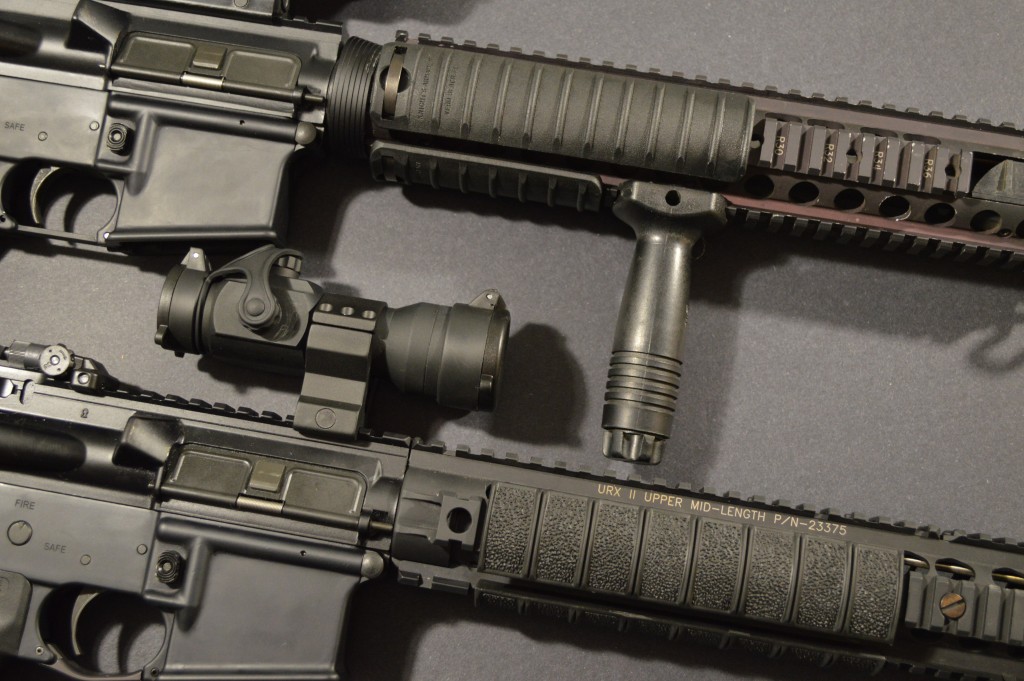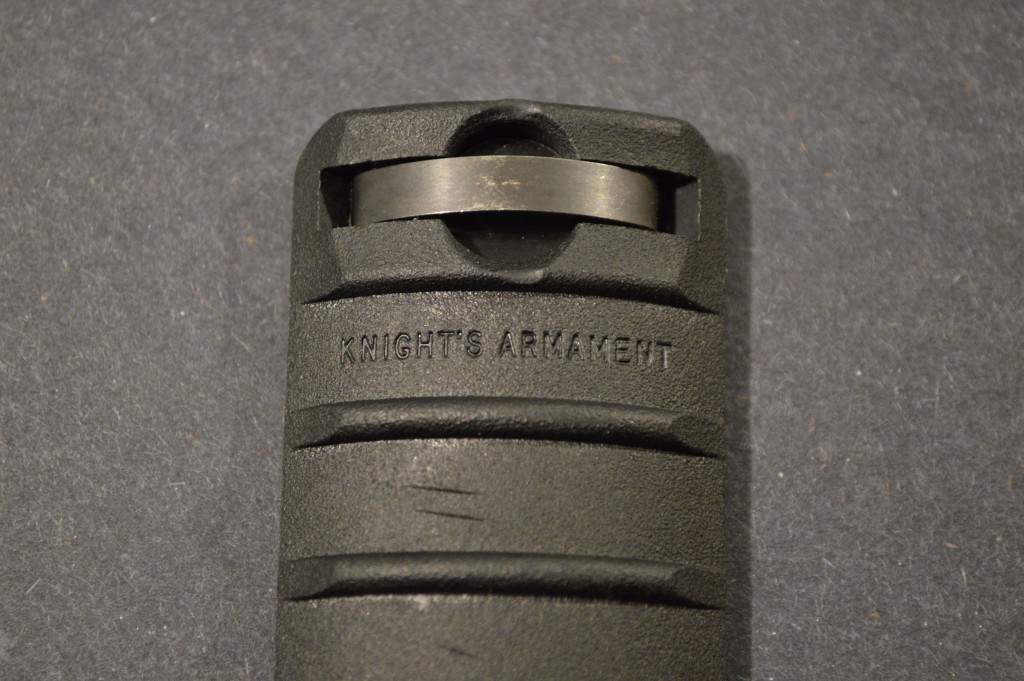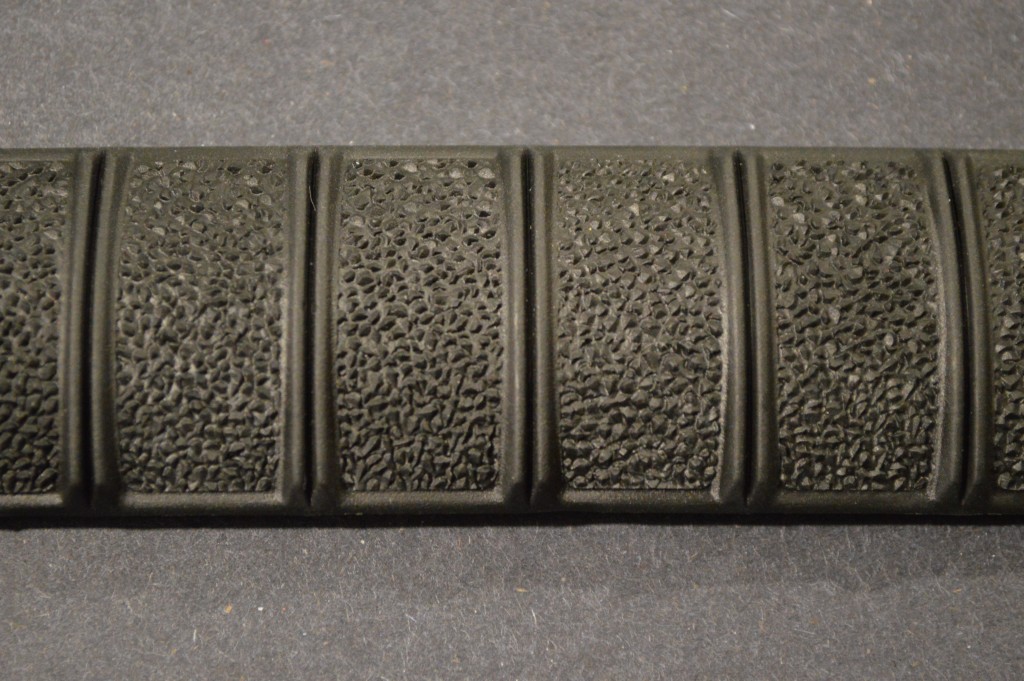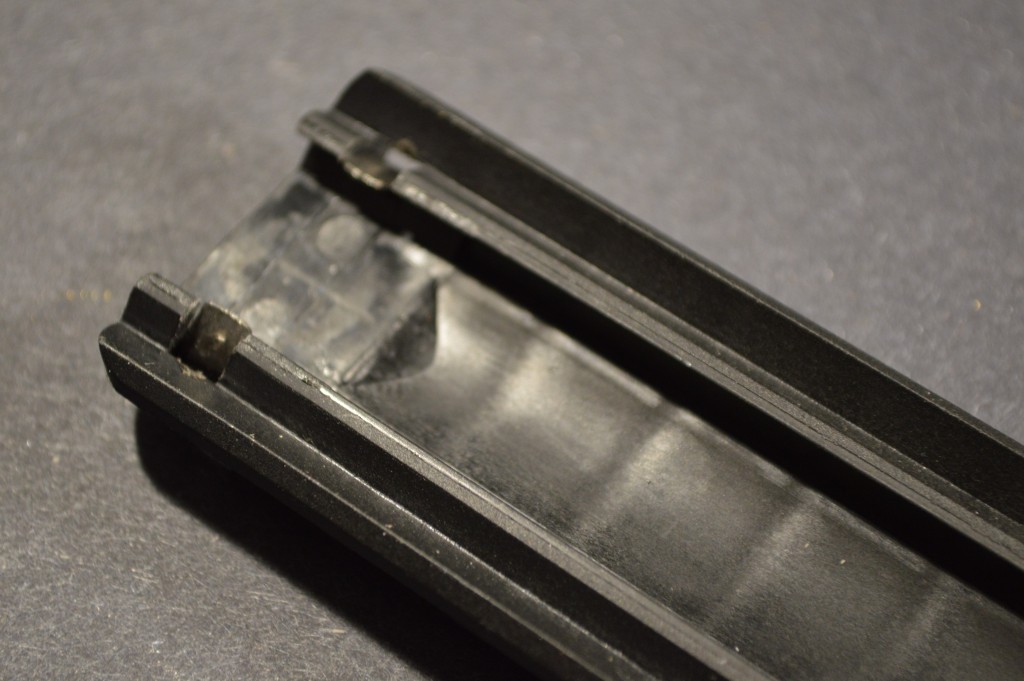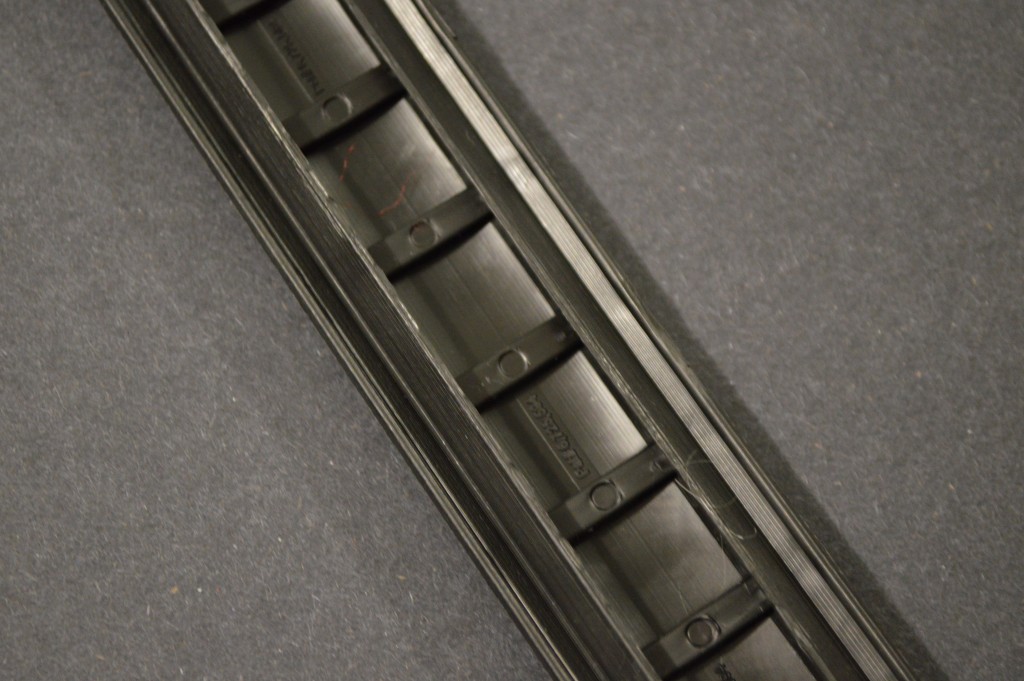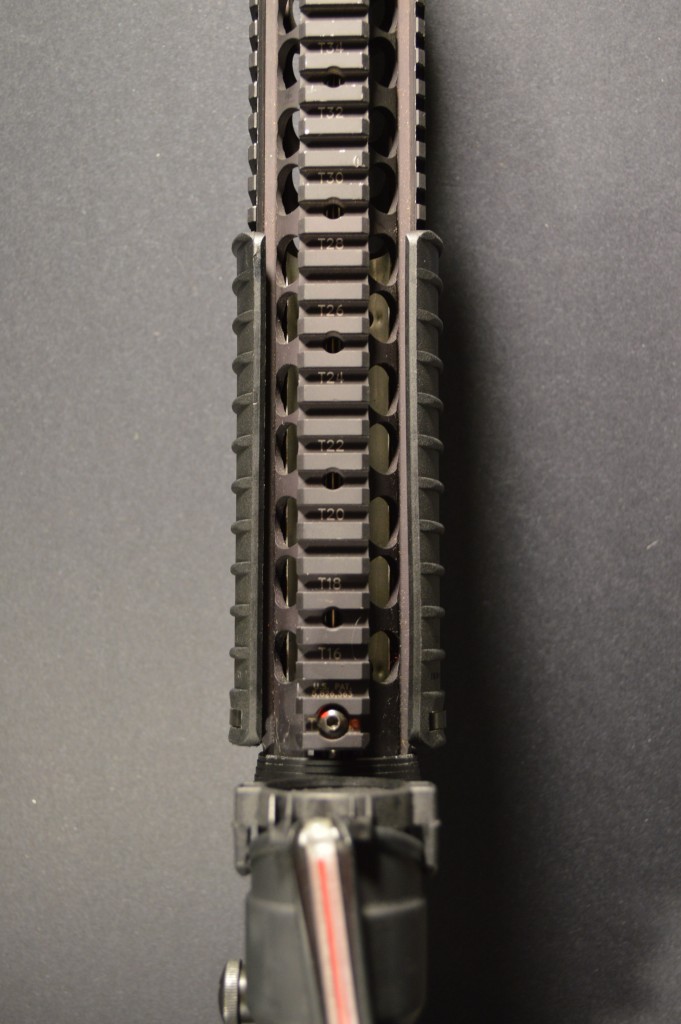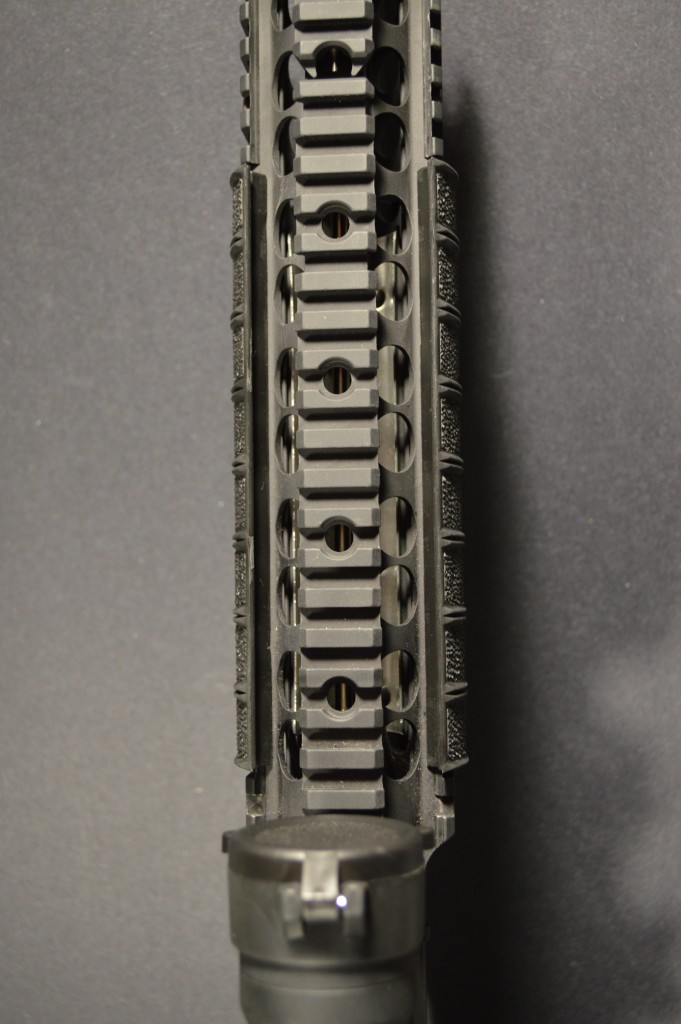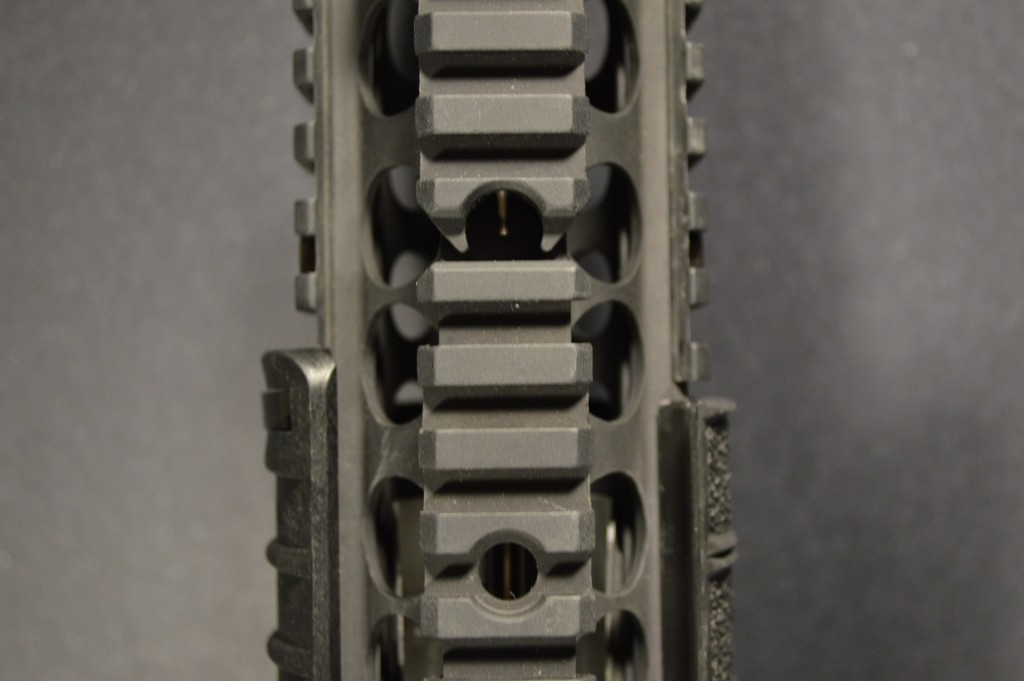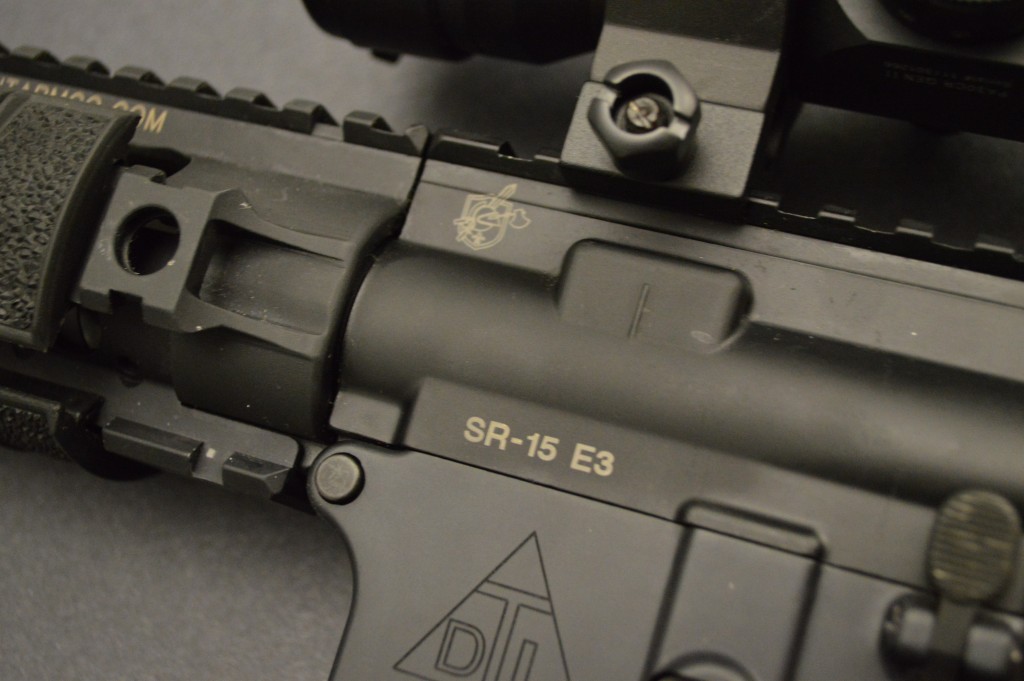Rail Estate Wars: KAC Rail Panels vs. Magpul XT Rail Covers
Since acquiring my Knight’s Armament SR-15 upper, I have toiled over what accessories I could add to the URX II rail while still maintaining the SR-15’s light weight and relatively slim profile. Originally, my plan was to stick with the KAC rail panels that I already have for my M16A4 clone. These lightweight, tough polymer panels have always worked well on that build and I had a few left over that could be used on the SR-15. After a few outings with this configuration, I found myself wanting more. The KAC panels worked well (ignoring their rattle), but surely a slimmer option was available. After substantial research, I came across an excellent deal on a set of three Magpul XT rail covers and decided to give them a chance.
This review will be broken into five sections:
1. Materials
2. Installation
3. Ergonomics
4. Function
5. Conclusion
Materials
The KAC panels are made of a high-strength polymer that feels most similar to glass-filled nylon. The panels are very lightweight, but also incredibly rigid. They feature a metal retaining clip/spring on one end that meshes with specially cut Picatinny rail grooves on certain rails to hold the rail in place.
The Magpul XTs are constructed of a flexible polymer. Some people like to say that these panels have a “tacky” feel that helps in maintaining a positive grip on the firearm, and to be honest, I disagree with these shooters. My experience has been that the stippling on the panels deserves more of the credit for their high-friction feel. Because the panels are made of pliable plastic, high heat will soften them.
Comparing the construction of the two, I have to give an ever so slight edge to the KAC rail panels. While the polymer used in the Magpul XTs is very high quality and allows the panels to be trimmed to custom sizes, heat does wreak havoc on the parts. When we are talking about an accessory that is partly intended to protect shooters’ hands from hot rails, the XTs’ tendency to soften when warm is not desirable, even if they do have to get very toasty for this weakness to be noticed.
Installation
Installing the KAC rail panels is remarkably easy. Simply press the metal spring and slide the panels on from the front of the rail. Prospective buyers will want to note that KAC panels cannot easily be installed on the top rail of rifles with standard AR front sight posts. The spring on the panels locks into small notches that have been cut in between ribs of compatible Picatinny rails. This means that the KAC parts are only compatible with certain rails, and buyers will want to make sure that they will work on their rail before purchase. It should also be noted that as a result of sliding the panels onto the rail, after several removals and installations, the rail’s finish may show signs of minor rubbing wear.
The Magpul XTs attach to the rail in a significantly different fashion than the KAC panels. Rather than sliding on, the XTs must be snapped into place. This can be accomplished by hooking one longitudinal side of the panel to the rail and then, starting in a corner, bending the other side back and over the rail. This requires quite a bit more effort than the KAC panels, but the result is a rock-solid install.
In terms of installation, KAC takes top honors. While limited in their ability to cover the top rail (you really do not need a panel up there anyway), the KAC accessories come on and off easily. The XTs may be more flexible in terms of overall placement, but installing them almost necessitates some cursing.
Ergonomics
How the panels feel in hand is probably the most important aspect of this purchase decision. In this category, the KAC panels do a great job of softening the feel of the rail system. They accomplish this by having tapered or rounded edges that eliminate sharp edges on any part of the panel. Shooters with larger hands will also enjoy the added purchase the KAC panels offer. One slight weakness displayed by the KAC panels is that they are relatively smooth in texture. While they have ribs that are intended to enhance the grip surface, it is common for shooters to add stippling to these panels after the fact.
Whereas the KAC panels soften the feel of the rail, the Magpul XTs offer much more aggressive and less contoured ergonomics. Because they must be pressed onto the rail, the XTs do not wrap around it as much as KAC’s product. The XTs also have sharp 90-degree corners that can snag on gear or dig into shooters’ palms. While this may sound awful, the panels actually are very nice on the whole. The aggressive texture means that the XTs are very easy to grip firmly, even when wet. They also sit approximately 2mm lower on the rail, which should please shooters looking to reduce bulk at the front of the firearm.
The ergonomics battle between these two panels is a wash. It honestly comes down to personal preference. Users who desire a slimmer, more aggressively textured forearm will enjoy Magpul’s XTs. On the other hand, those who have larger hands will likely enjoy the KAC panels. Aesthetically, the panels are also very similar.
Function
Functionally, the KAC panels work exactly as intended. They protect the rail from damage while shielding shooters’ hands from heat and the cheese grater-esque rails. Unfortunately, the KAC product also has a nasty tendency to rattle as a result of tolerances between the rail, the panel, and the locking spring on the panel. When I pull a rifle sporting KAC panels to the shoulder for firing, I always notice the bit of looseness that often exists between the panel and the rail. This is not to say that every KAC panel suffers from this affliction, but with only one locking point for the panels, it is a problem that frequently manifests with these accessories.
Another concern is that the KAC panels are only compatible with rails that have notches for the retaining clip/spring. Most rails have these (KAC, Daniel Defense, Larue, YHM, Midwest Industries), but the placement of the panel is limited by the location of the notches.
With the rifle shouldered, the Magpul XTs feel more secure than the KAC panels. On the two rails I have used them with, I have found there to be no movement when securely mounted. The XTs have several tabs on their underside that sit in the grooves of the rail and provide a solid platform for a shooter’s forward arm. Because they can be cut to almost any size using a simple X-ACTO knife, the Magpul panels are also much more versatile than the KAC panels.
On the flip side, the XTs can snag on gear when used in high-stress situations. Because the panels are flexible, pulling one of the corners will take them off easier than they went on. Add heat from the environment or the toasty barrel and this could become a real issue.
Conclusion
So what does all my babbling above really amount to? Is there a clear winner? As you might have gathered, no there is not. I apologize to those who were looking for a clear-cut favorite in this round-up, but my experiences have not produced one. That said, there are sufficient differences between the KAC panels and the Magpul XTs that readers should be able to more accurately determine which will best suit them.
The KAC panels are best characterized as more contoured and softer on the hands, while also slightly bulkier and with some mounting limitations. The Magpul XTs have a more aggressive, low profile feel, more varied color options, and can be easily cut to almost any size. On the other hand, they are more difficult to install, are more prone to being torn off under stress, and have sharper edges than their KAC competitor.
Ultimately, this battle for rail-estate must be allowed to play out in the hands of shooters around the world. There simply is no better way to determine which will fit best for a particular person. Fortunately, both types of panels can be found at very reasonable prices at gun shops or on the used market.
An information security professional by day and gun blogger by night, Nathan started his firearms journey at 16 years old as a collector of C&R rifles. These days, you’re likely to find him shooting something a bit more modern – and usually equipped with a suppressor – but his passion for firearms with military heritage has never waned. Over the last five years, Nathan has written about a variety of firearms topics, including Second Amendment politics and gun and gear reviews. When he isn’t shooting or writing, Nathan nerds out over computers, 3D printing, and Star Wars.

